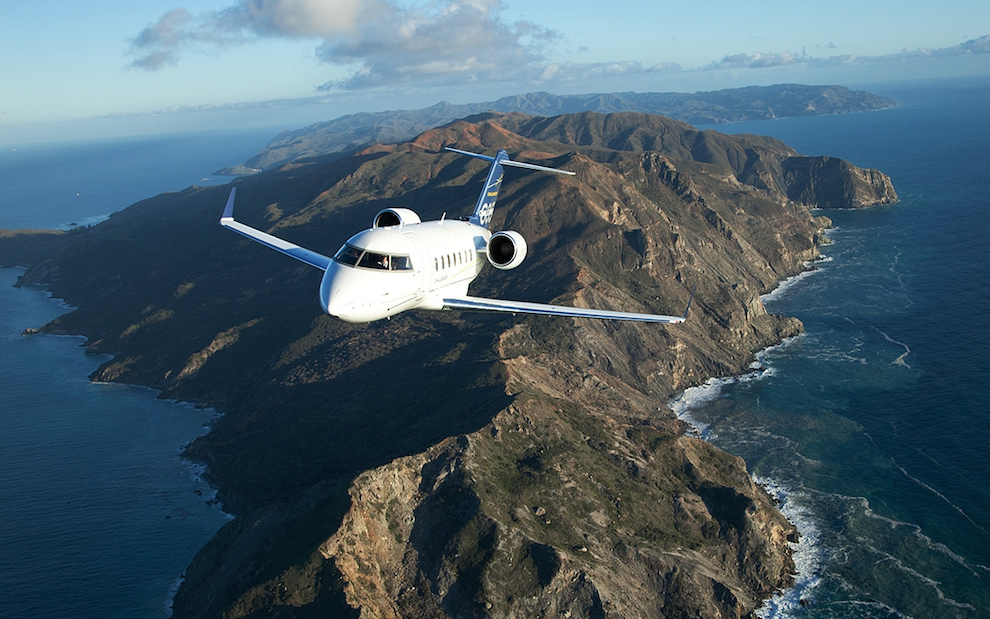One Way Guide: A look at empty leg flights
Frequent private jet charter fliers often fly one way trips. The question is: when is it applicable to request an empty leg?
The way a traditional private jet charter works is very simple; chartering private jet means you rent out the entirety of the aircraft for the entire duration of your trip. This means if a potential customer wishes to fly from new york to florida as a one way trip, said customer would pay for both legs of the trip, as the aircraft would essentially be returning empty, and the customer is responsible for all flight charges concerning his/her trip.
Now if an empty leg came into the equation, and the customer had enough time beforehand to request an empty leg, he/she would only pay for the one trip from New York to Florida, the jet in question would already be positioned in New York and would need to return to it’s home base in Florida, where upkeep and maintenance would be done on the aircraft.
Now if this is the case with private air charter, why isn’t everyone constantly flying uniquely in empty legs? Well, firstly, the amount of empty legs available are never enough to keep up with the demand. A great deal of customers fly round trips instead of one ways, and very few empty legs are left over. Customers whop are flying one ways and paying for the entirety of the trip own said aircraft for the return leg, and lacks the ability to sell this empty leg to someone of his choosing. Only airplane owners and operators are approved to rent private jets to customers.
The way that modern day empty legs work is simple, firstly, high density city pairs are very easy to figure out, for example that New York to Florida trip mentioned earlier is a great candidate for a one way trip, this is a very common flight path, and as is the opposite flight from Florida to New York. There is a very good chance of finding an empty leg for a trip of this nature given enough warning beforehand. Less popular city pairs such as Texas to Oregon are less likely to have any empty legs. With enough warning in advance, it is possible to get paired with another flier who needs the return trip on the same day as your flight, but the chances are quite slim.
On to the guide; the best practices are as follows:
For high density city pairs such as Los Angeles<->New York City or Los Angeles<->Las Vegas or New York City<-> Ft Lauderdale: Make sure to request your trip at least one week in advance and request an empty leg, the chances of Aircharter.com finding an empty leg for you is almost certain, unless there is high density caused by holidays or inclement weather.
For harder to find city pairs, it is best to request the trip at least a month in advance. This allows us to locate an aircraft for you, and to pair you up with another customer who will be using the return leg of your aircraft. The chances of finding a successful pair is moderate, and varies by season, but given enough warning, there is always a chance.
If you are pressed for time, and requesting a trip hours to days before the trip, it is improbable that we will find an empty leg for you, but there is always a last minute chance that we may find someone requesting the opposite trip. At this point, there is no need to request an empty leg, if one is found, it will be given to you instantly.
If your trip is a round trip with arrival and departure dates exceeding a few days from each other, you will generally be buying two round trips of airtime, as the aircraft would have to drop you off, return to home base, and then return to pick you up at the intended time. In cases like these with two round trips, given enough warning of course, we can often find an empty leg for at least one of the round trips, minimising your costs as much as possible.
So in short, high density city pairs are a surefire way to find an empty leg, but with more unorthodox city pairs, it’s all about availability.

 Hawker-Beechcraft Hawker 400XP
Hawker-Beechcraft Hawker 400XP Cessna Citation V
Cessna Citation V Beechcraft Premier IA
Beechcraft Premier IA Beechcraft King Air 350
Beechcraft King Air 350







